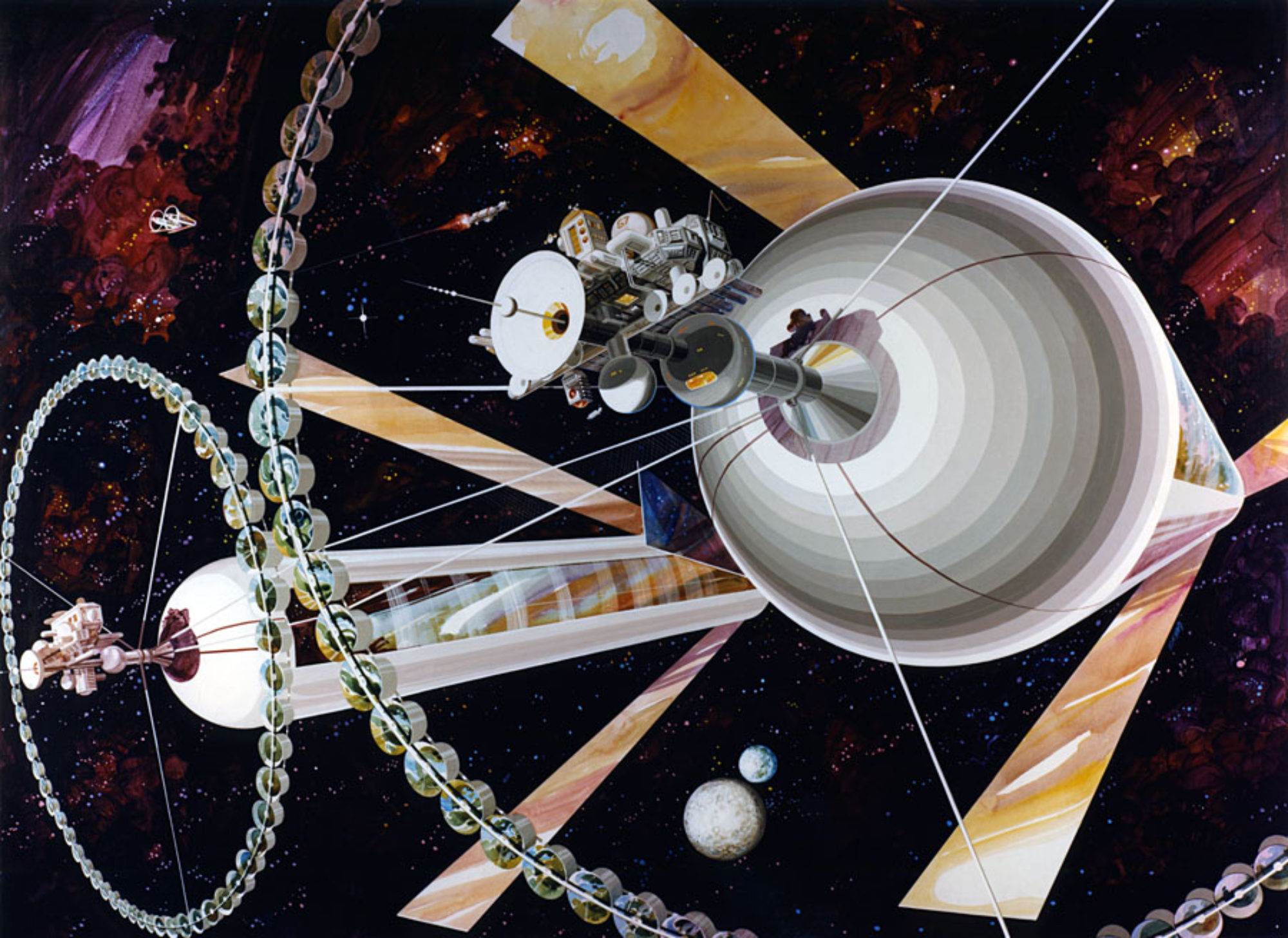
In a paper presented at the 65th International Astronautical Congress, Toronto, Canada in 2014 and posted to Acedemia.edu, a team of students* from Italy and Germany discuss an innovative small unpressurised vehicle designed for mobility and maximization of human agility for safe crewed exploration of near earth asteroids (NEA). They named their brainchild NEA Robotic Friend (NRF).
Though conceived when NASA was focused on the Asteroid Redirect Mission (ARM) architecture with the emphasis on developing technology to expand beyond the Moon toward eventual missions to Mars, the NRF could have practical applications in the next phase of space settlement when humans have established a beachhead on the moon and are ready push out into the solar system.
The vehicle was designed to enable safe human proximity EVA operations around a NEA independent of the type of asteroid. Another primary design objective was to investigate, test and validate the use of key technologies for deep space exploration including the ability to collect surface and core samples storing them so that they could be analyzed on Earth. Finally, the platform was envisioned to have the ability to perform in-situ experiments, with real-time data analysis.
* The reference paper was the result of a project within the Alta Scuola Politecnica, joining together students from Politecnico di Torino and Politecnico di Milano. The authors are Luca Levrino, Chiara Gastaldi and Maria Antonietta Viscio from Politecnico di Torino, Italy. Alessandro Ciani, Margherita Censi, Alessandro Cingoli, and Paolo Maggiore from Politecnico di Milano, Italy. Ricardo Repenning from Technische Universität München, Germany











